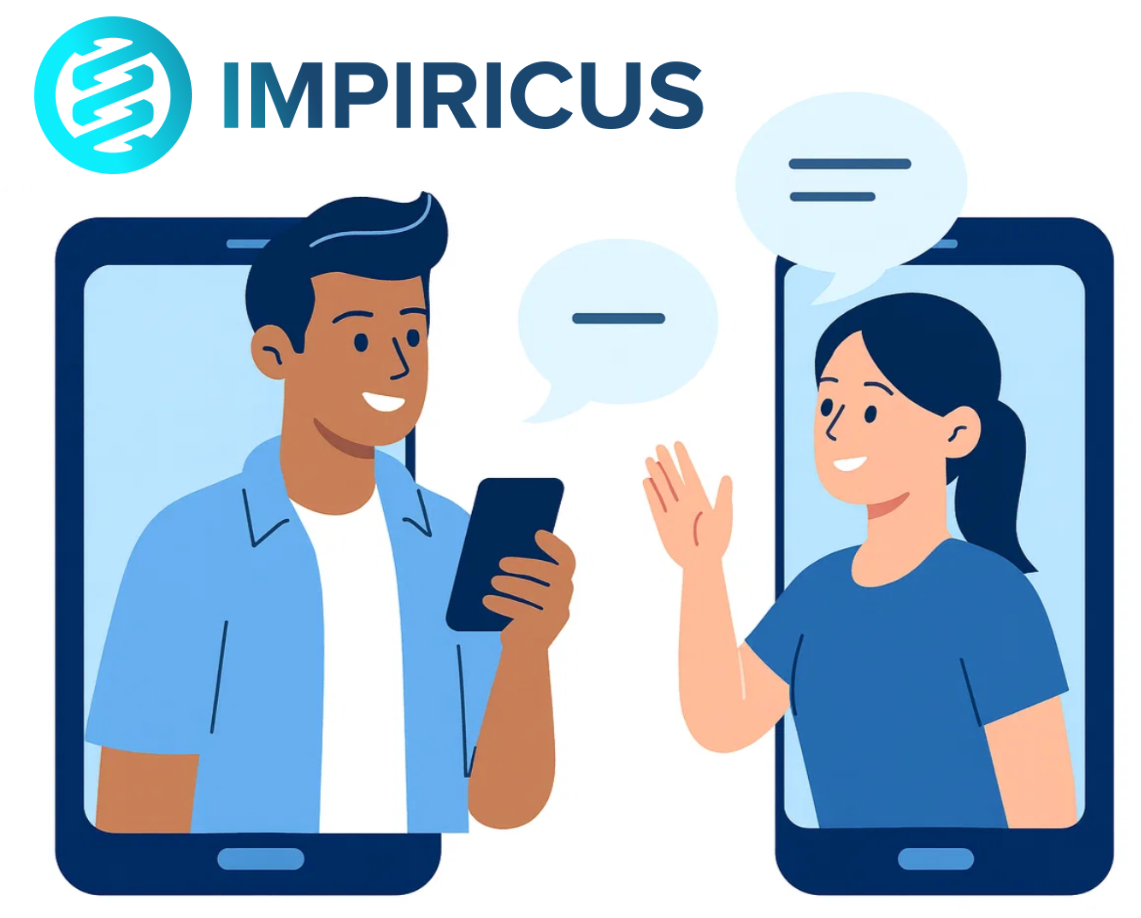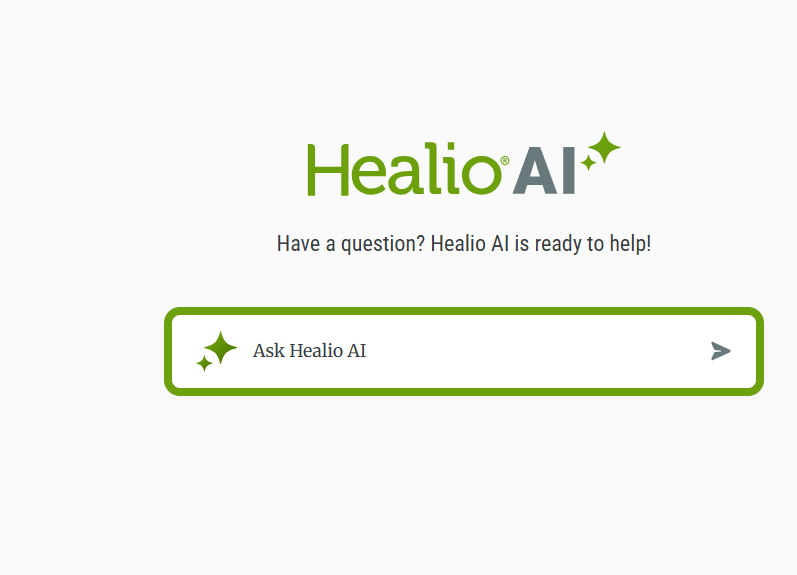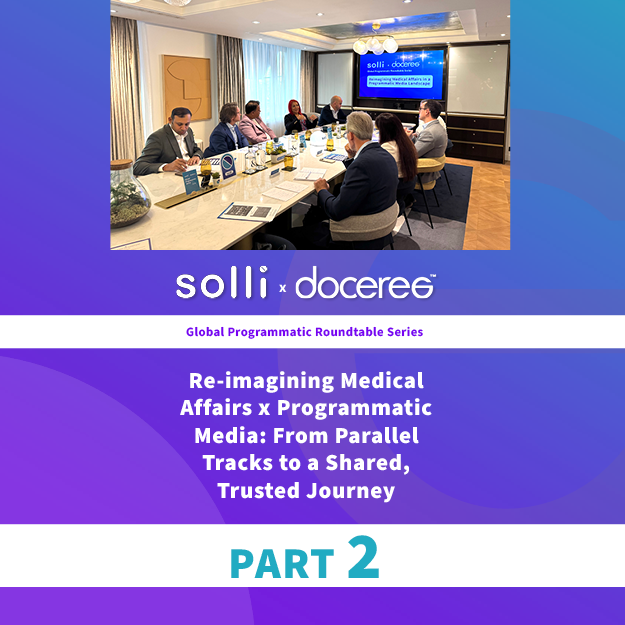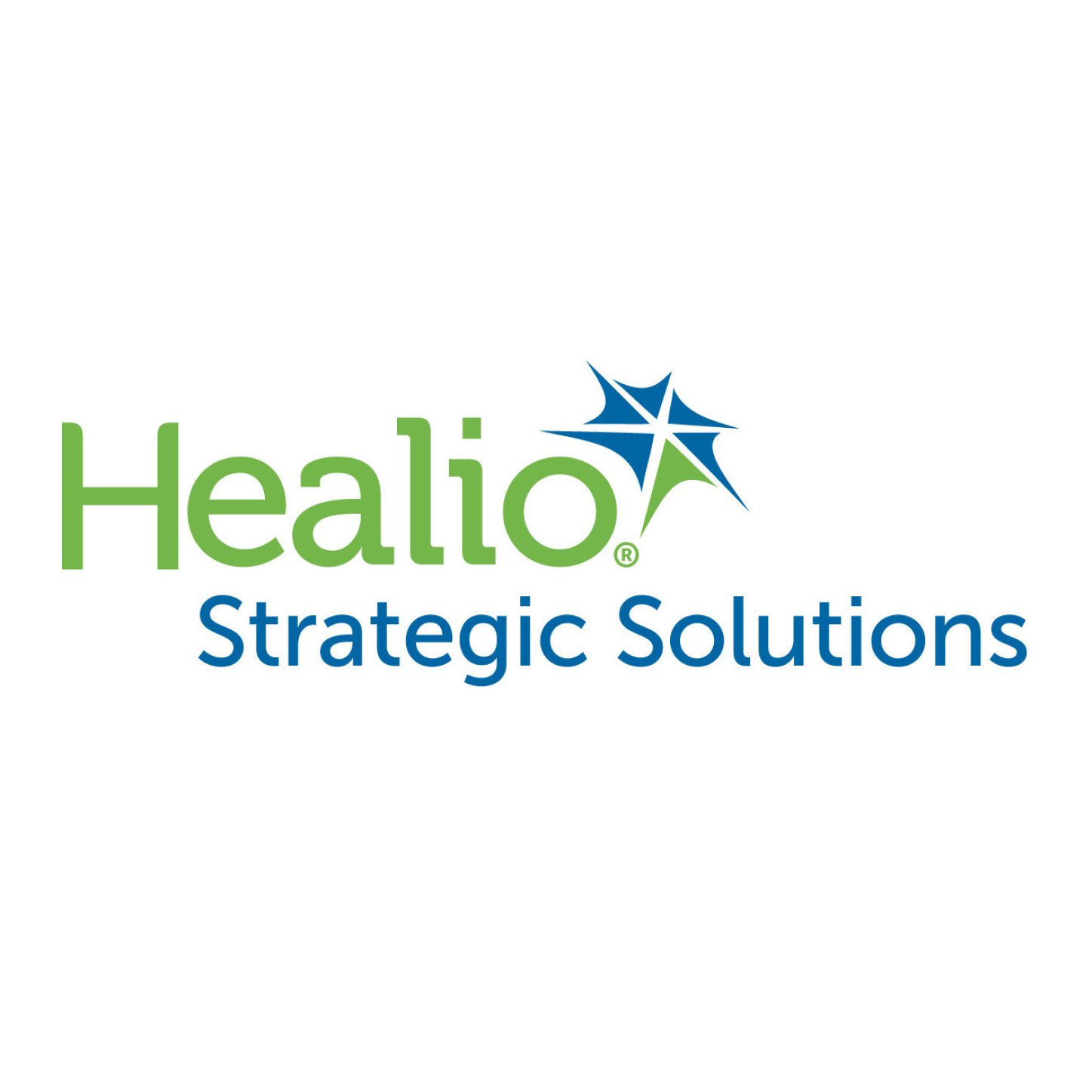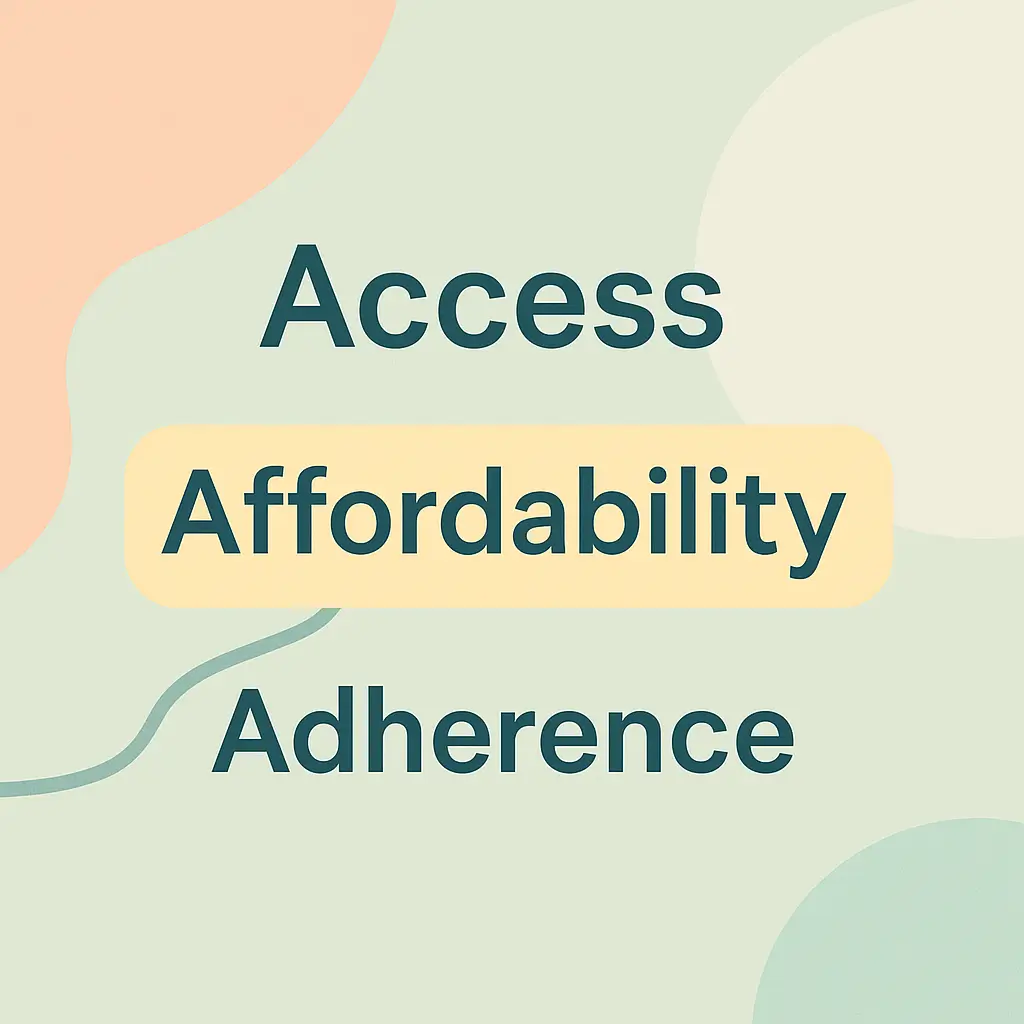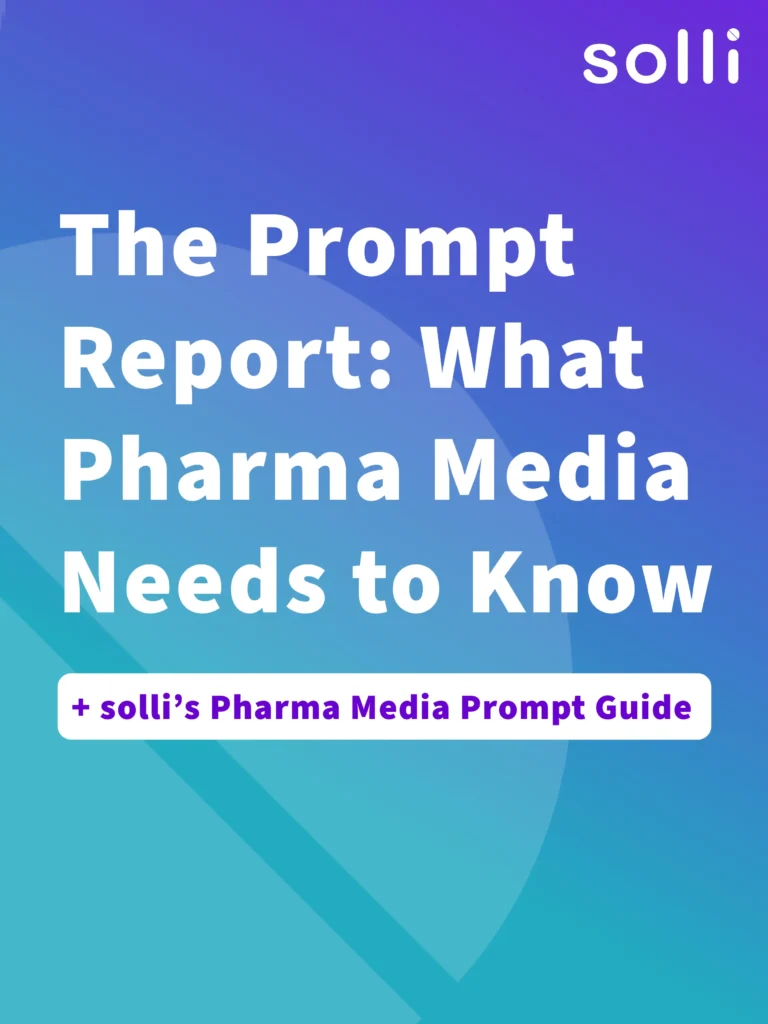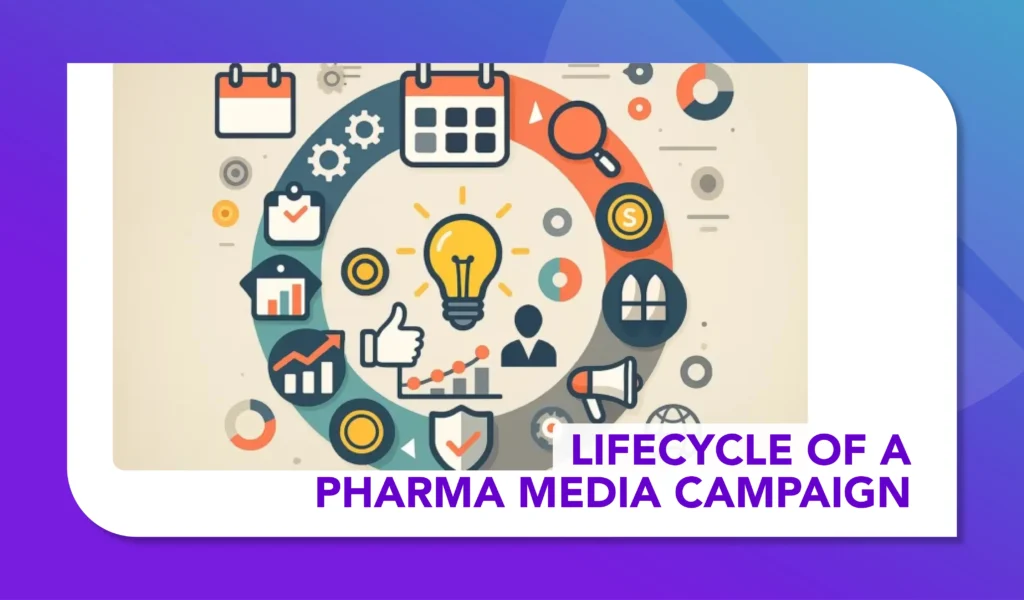POC’s Moment: Breaking Down the Latest POCMA & M3 MI Report
Charting POC's Growth, and Developing Role within the Omnichannel Mix
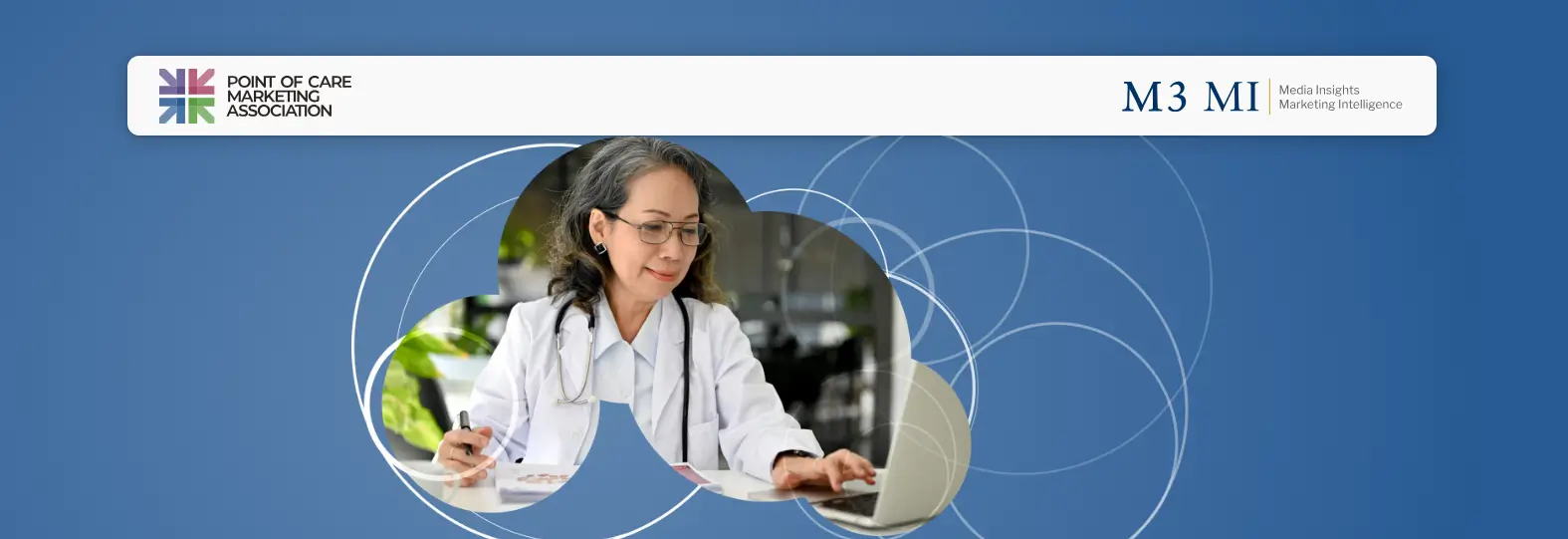
The latest joint report from the Point of Care Marketing Association (POCMA) and M3 MI offers a comprehensive view of one of the fastest-growing segments in healthcare marketing: Point of Care (POC). Far from a niche tactic, POC has now established itself as a core component of strategic media planning, offering measurable impact at key decision points in the healthcare journey.
As the healthcare media landscape becomes increasingly complex and fragmented, POC has emerged as a high-growth, high-impact channel uniquely positioned to deliver relevance, personalization, and trust at scale.
A Channel Experiencing Sustained Growth
According to the report, POC marketing spend increased in the US by 171% between 2019 and 2023, reaching $803 million as reported by 17 POCMA member companies. Actual industry investment is estimated to exceed $1 billion, indicating broader adoption beyond the reported data set.
This growth has occurred alongside a shift in investment priorities within the pharmaceutical sector. While healthcare provider (HCP) display and print ad spending has declined by 22%, direct-to-consumer (DTC) advertising has increased by 26%. The reallocation of spend reflects a broader trend toward engagement models that prioritize contextual relevance and timely interaction – two areas where POC consistently delivers.
Strategic Context: Why POC Delivers Impact
POC media succeeds largely because of its ability to deliver messaging within physical and virtual healthcare environments that naturally foster attention, trust, and action. As outlined in the report, environments such as physician offices, pharmacies, EHR systems, and digital patient portals represent key touchpoints where healthcare decisions are actively made.
Key findings from the report include:
-
Patients exposed to both digital and POC ads were 200x more likely to convert than those exposed to digital alone (Veeva Crossix).
-
58% of patients who saw an in-office ad discussed it with their physician.
-
34% obtained new prescriptions as a direct result of seeing a POC advertisement.
These metrics underscore POC’s ability to influence both physician-patient dialogue and downstream treatment behavior.
Implications for Healthcare Marketers
The POCMA and M3 MI report goes beyond spend data, offering insight into a broader realignment of marketing strategy. POC is no longer reserved for final-stage messaging. Instead, it has become a mid-journey intervention point – critical in a landscape where patients conduct online research, utilize health apps, and visit retail clinics prior to seeing a physician.
With 82% of patients valuing information received in a healthcare setting and 84% placing trust in provider-affiliated digital content, the report reinforces POC’s authority and effectiveness in environments that foster informed decision-making.
Integrating Print, Digital, and Workflow-Sensitive Media
One of POC’s strengths lies in its adaptability across formats and care settings. As highlighted in the report:
-
Print materials remain a core tool in physician-patient engagement, with 73% of HCPs using them during consultations.
-
EHR-based messaging, in-workflow alerts, and tablet-based education tools integrate seamlessly into clinical routines.
-
Caregiver engagement, increasingly recognized in the report, extends POC’s relevance to broader decision-making units, particularly within culturally driven or multi-generational households.
This multidimensional flexibility allows POC to bridge human connection with digital scale – an essential combination in today’s hybrid healthcare environment.
Operational Challenges and Strategic Missteps
Despite its strengths, the report purports that POC remains underutilized by many marketers. The report notes several common pitfalls:
-
Repurposing generic creative instead of tailoring content for the clinical setting.
-
Failing to integrate POC early in the media planning process.
-
Overlooking EHRs and digital health tools as core channels rather than optional extensions.
Only 55% of brands report being able to scale personalization effectively, and fewer than one-third have the analytics capability required to optimize performance in real time. As a result, the full potential of POC often goes unrealized.
POC and the Rebuilding of Trust
The report also explores a broader trust dynamic. While confidence in healthcare institutions and media has declined – particularly among younger generations – POC environments maintain credibility. Gen Z, for instance, expresses skepticism toward traditional pharma messaging but identifies POC media as their most trusted healthcare channel.
This report declares there to be a critical opportunity: to meet modern health consumers where they are, with messaging that is personalized, culturally aware, and clinically relevant. POC, positioned at the intersection of brand, provider, and patient, is uniquely suited to serve as that bridge.
Strategic Recommendations
Based on findings from the POCMA and M3 MI report, several priorities emerge for marketers looking to maximize impact through POC:
-
Integrate Early: Incorporate POC during campaign planning—not as a post-launch enhancement.
-
Invest in Channel-Specific Content: Ensure materials are clinically aligned and easy to understand for both patients and providers.
-
Embrace New Settings: Expand strategies to include telehealth, wearables, and retail clinics.
-
Balance Print and Digital: Match content format to patient preference and point of care.
-
Design for Ecosystems, Not Silos: POC performs best when it complements other media channels through thoughtful integration.
solli’s Final Thoughts
The POCMA and M3 MI report offers a timely and detailed snapshot of a healthcare marketing channel undergoing rapid evolution. At solli, we interpret these findings as a clear indication that POC is no longer a niche strategy—it is a foundational component of modern pharma marketing.
In a landscape where trust, personalization, and measurable outcomes are paramount, Point of Care media delivers on all three. As healthcare journeys continue to evolve across platforms and touchpoints, POC is positioned not just to keep up – but to lead.
To read the full report click here.

